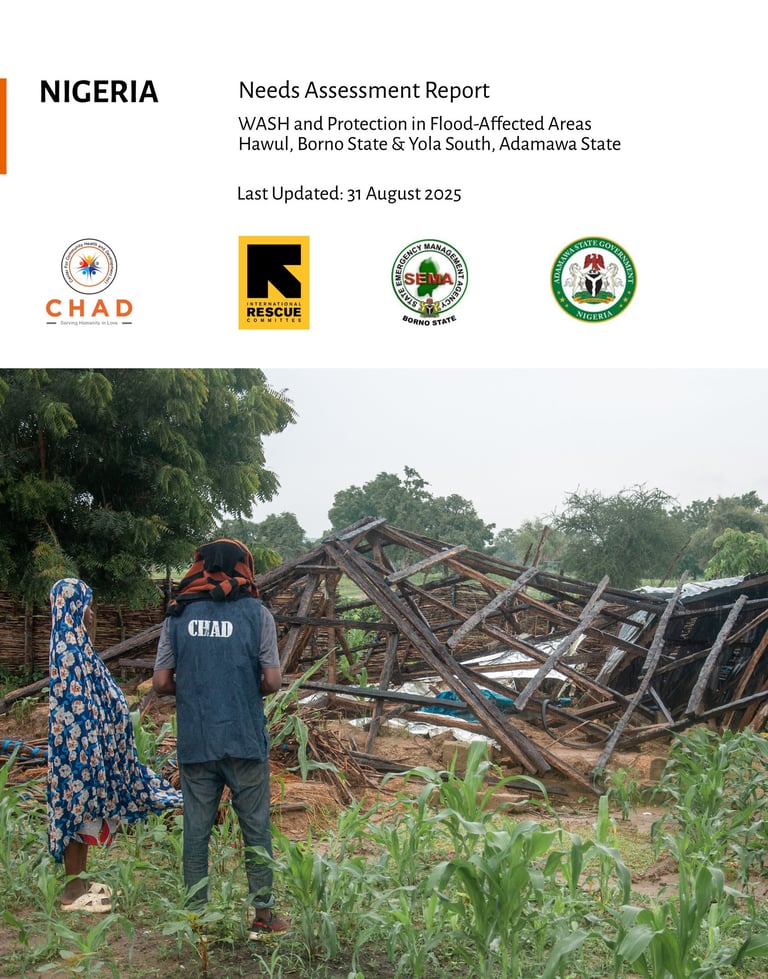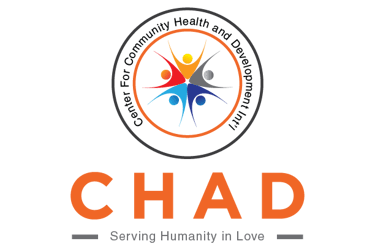Nigeria: Needs Assessment Report - WASH and Protection in Flood-Affected Areas Hawul, Borno State & Yola South, Adamawa State (31 August 2025)


Executive Summary
In July 2025, flash floods hit Adamawa and Borno state, displacing thousands and destroying critical infrastructure. A WASH Assessment Integrating Protection Concerns was carried out in the communities of Ghung, Kamya hyel (Soboda Allah), Kukirpu in Hawul Local government of Borno State; Angwan taboo Distance learning, Fadamma 2, IBN Abbas, Modire, Sabon fege in Yola South Adamawa State, surveying 1,041 households.
The assessment identified critical issues, including a severe lack of safe water, sanitation, and hygiene facilities, alongside a surge in protection risks in the affected communities due to the recent flood. The assessment identified critical issues, including a severe lack of safe water, sanitation, and hygiene facilities, alongside a surge in protection risks in the affected communities due to the recent flood.Write your text here...
Key Findings:
WASH Crisis: The average water availability is just 9 liters per person per day in affected communities assessed in Hawul, with over half of all households reporting insufficient water across both Hawul and Yola South. An overwhelming 90% of households do not treat the water they drink or cook wth.
Sanitation Deficit: The majority of households (76% in Hawul, 68% in Yola South) lack access to safe toilets. Key informants reported that communal latrines are not only insufficient in number but also unsafe, with no separate facilities catering to vulnerable groups for women, girls, or persons with disabilities.
Protection Risks: All key informants reported an increase in domestic violence since the flood. Women and girls reported feeling unsafe at water points due to the risk of verbal harassment and physical assault, and also at latrine facilities due to a lack of security and gender-segregation.
Damaged WASH Infrastructure: 20 of the WASH facilities were affected by the flood as 12 of the facilities are no longer functional. Most of the damaged facilities are boreholes. This poses a challenge to the majority of the households (70%) that are reliant on these water sources.
This Assessment was conducted by Center for Community Health and Development(CHAD International) in collaboration with International Rescue Committee, Borno State Emergency Management Agency, and Adamawa State Emergency Management Agency t here...
